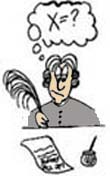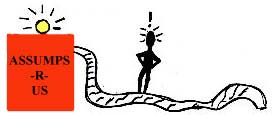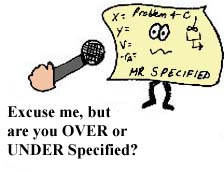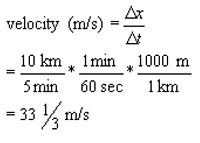|
- Make sure you are solving the real
problem as opposed to the perceived
problem. Use techniques such as "Finding out
Where the Problem Came From," "The Duncker
Diagram," "The Explore Phase," etc. to check
to
see that you define and solve the real
problem. Recast the problem statement if
necessary.
|

|












![]() See how this algorithm can be applied to
Examples
in Chemical Reaction Engineering.
See how this algorithm can be applied to
Examples
in Chemical Reaction Engineering.